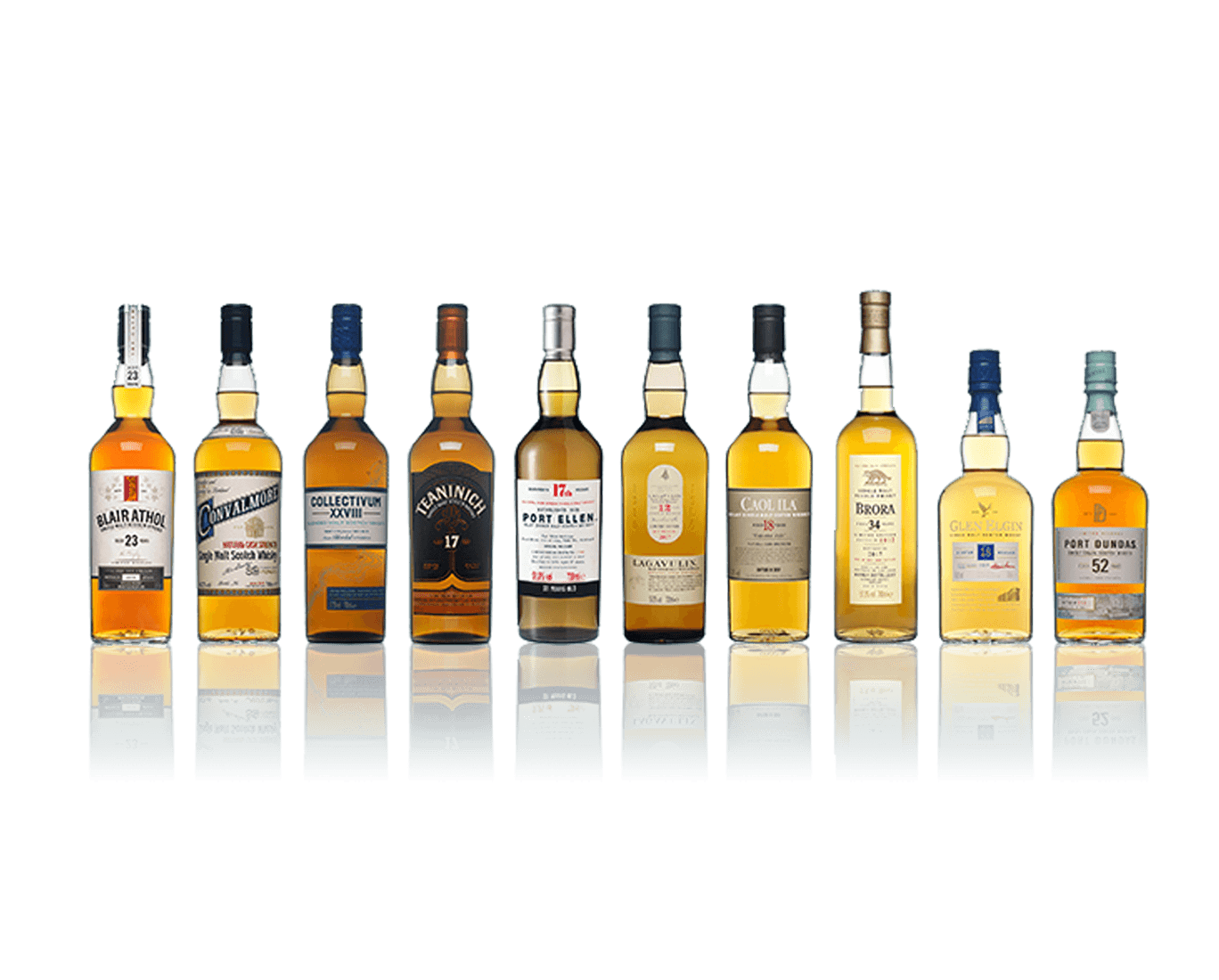Definitions of whisky over countries are similar. Below are the basic requirements:
- Produced by distillation of grains have gone through mashing and fermentation
- Distilled whisky needs to be aged in oak casks for years. Only water can be added to adjust the alcoholic strength. In most countries including Scotland, whisky must be matured for a minimum of 3 years, while in America, the legal minimum is 2 years.
- Cask strength whisky can be bottled with or without blending. No other ingredients can be added except for legalised food colouring (mainly plain caramel E105a). There are exceptions like Canada's 9.09% rule, allowing producers to add up to 9.09% of wine or any other spirit into their blend.

 ▼▼▼
▼▼▼